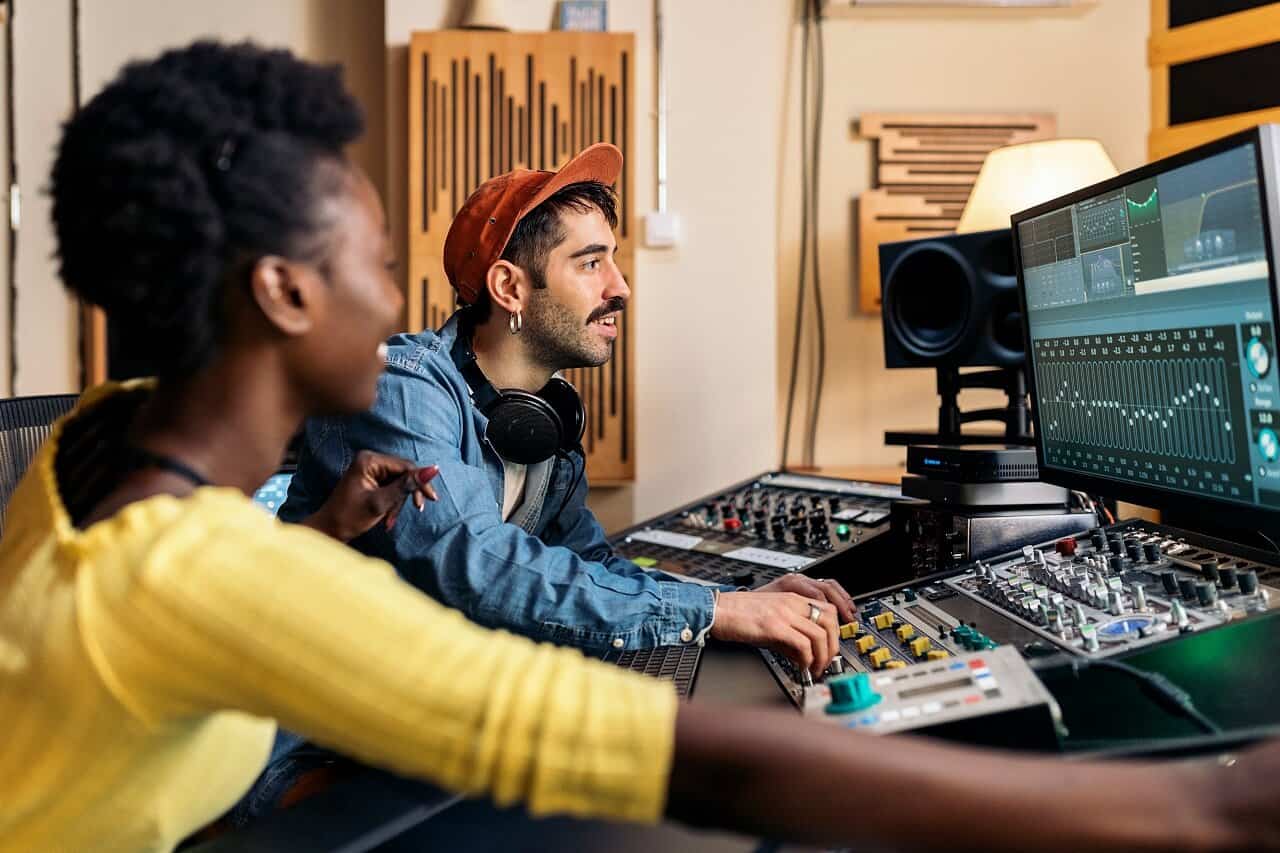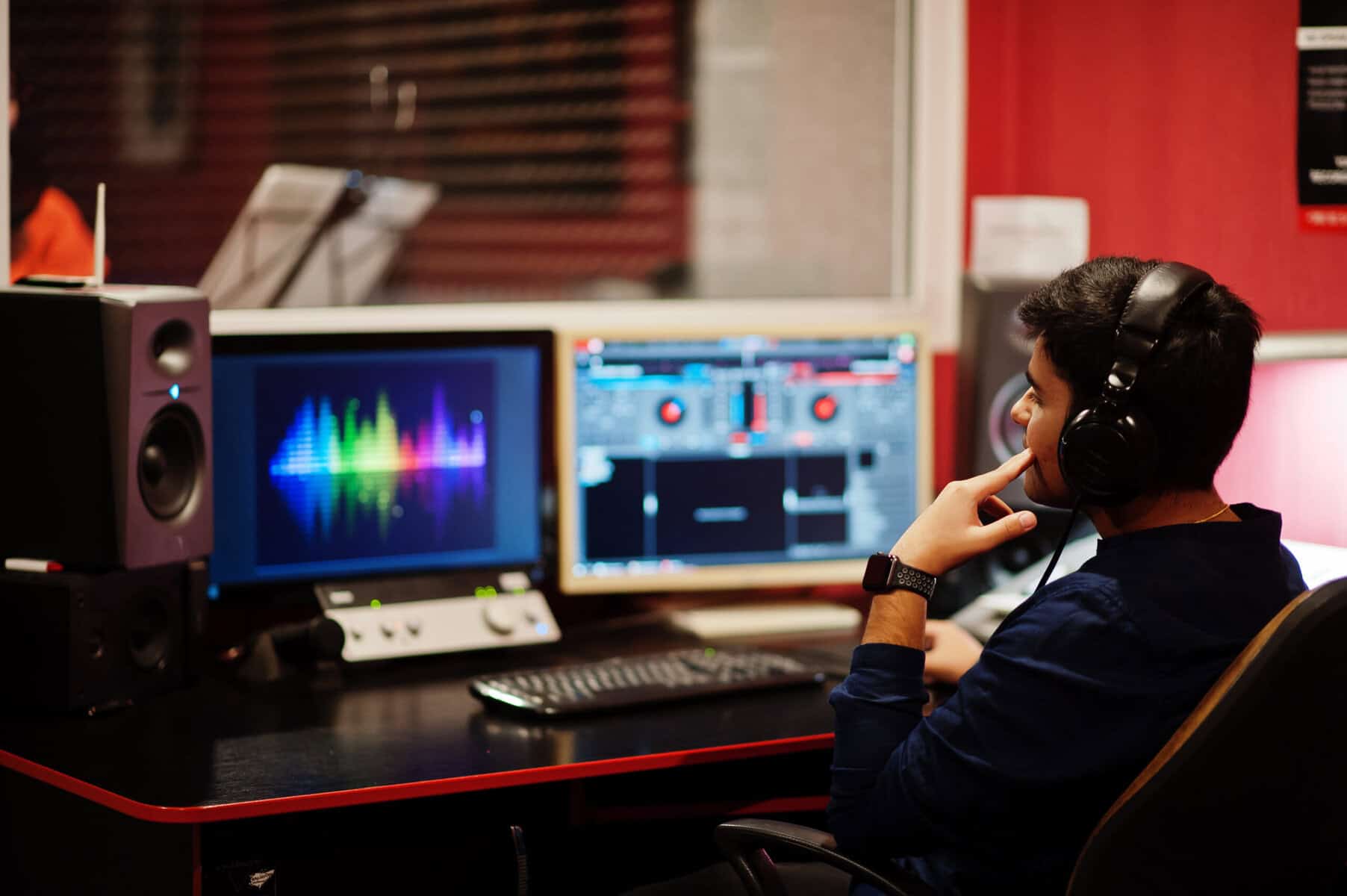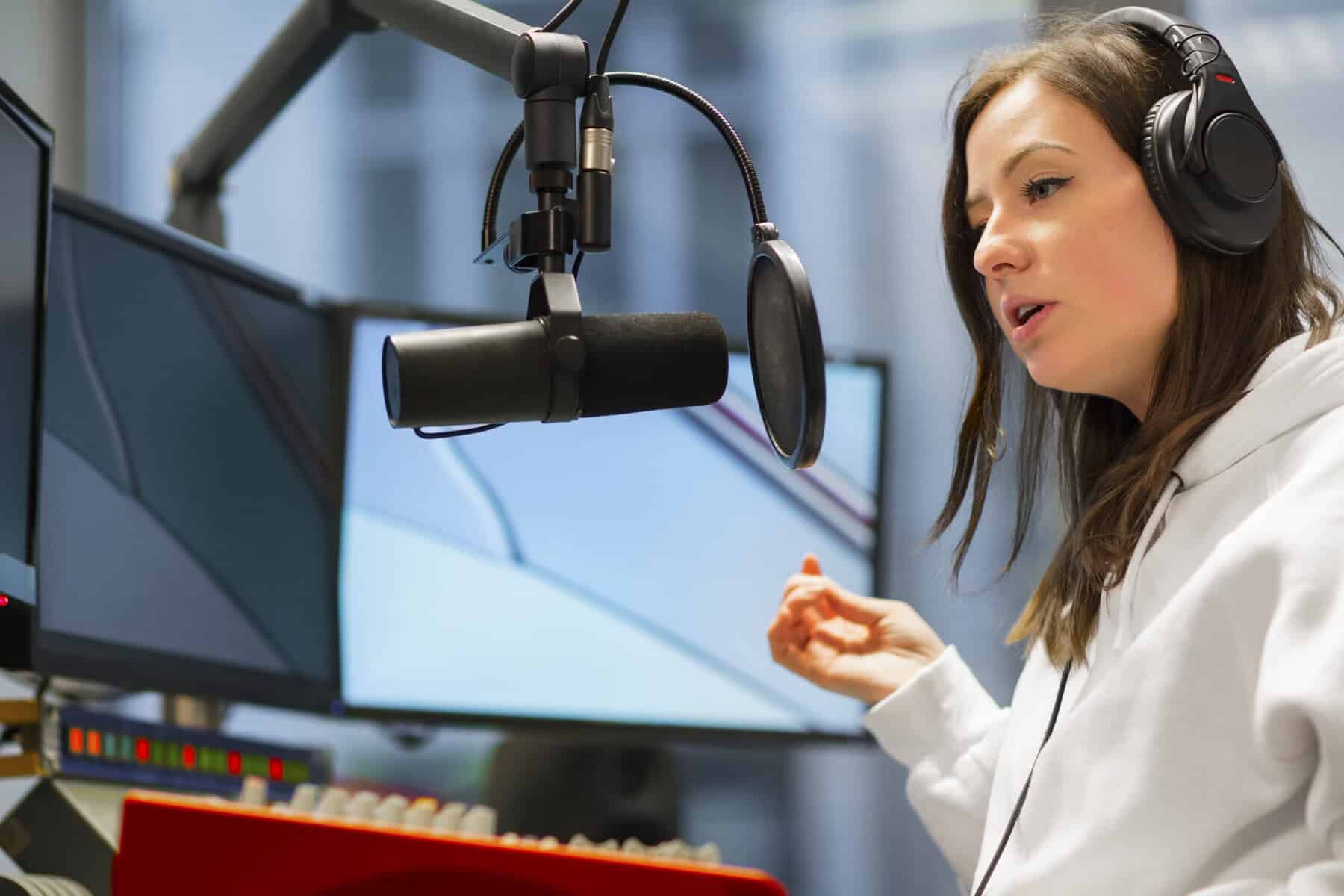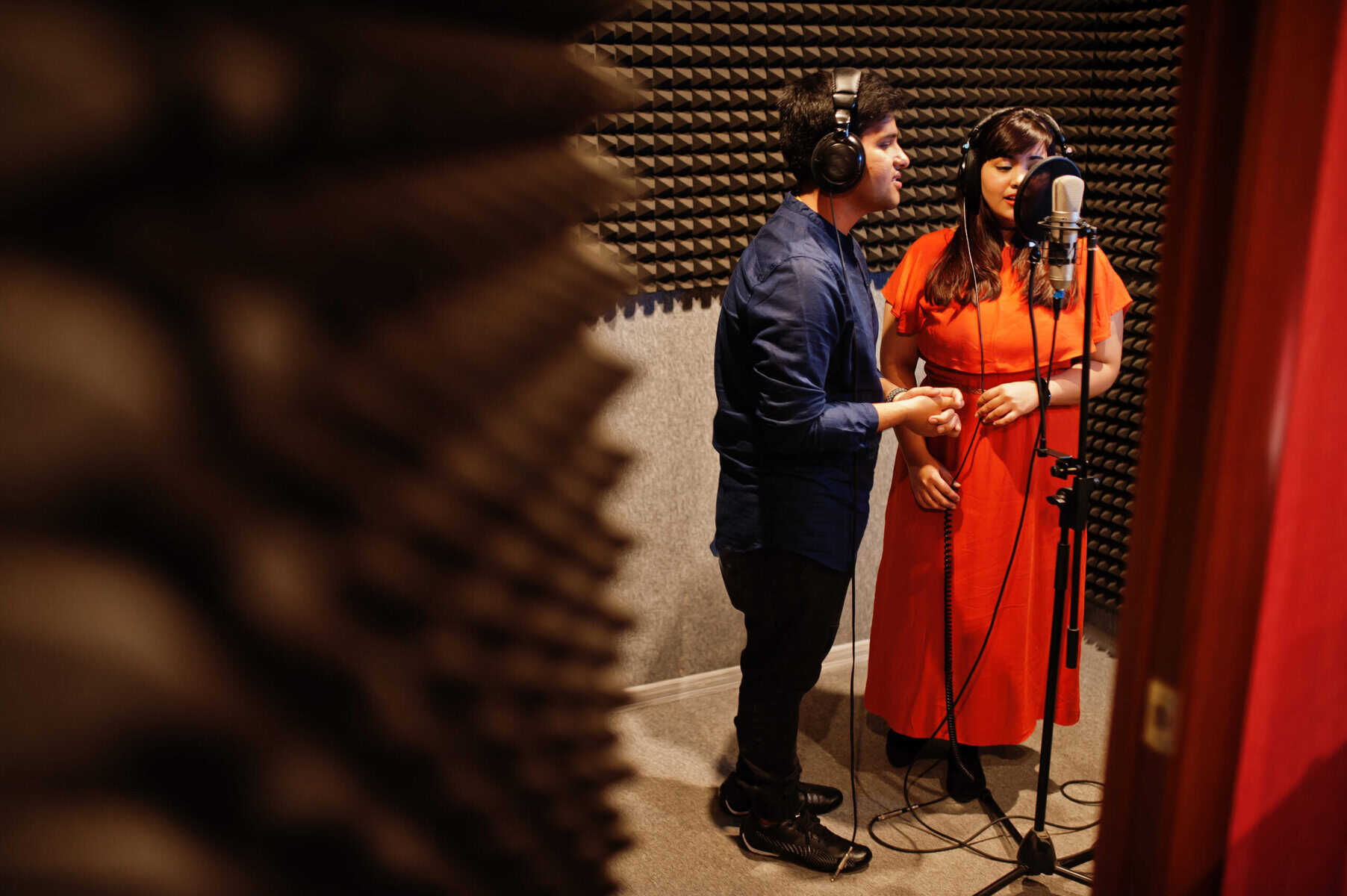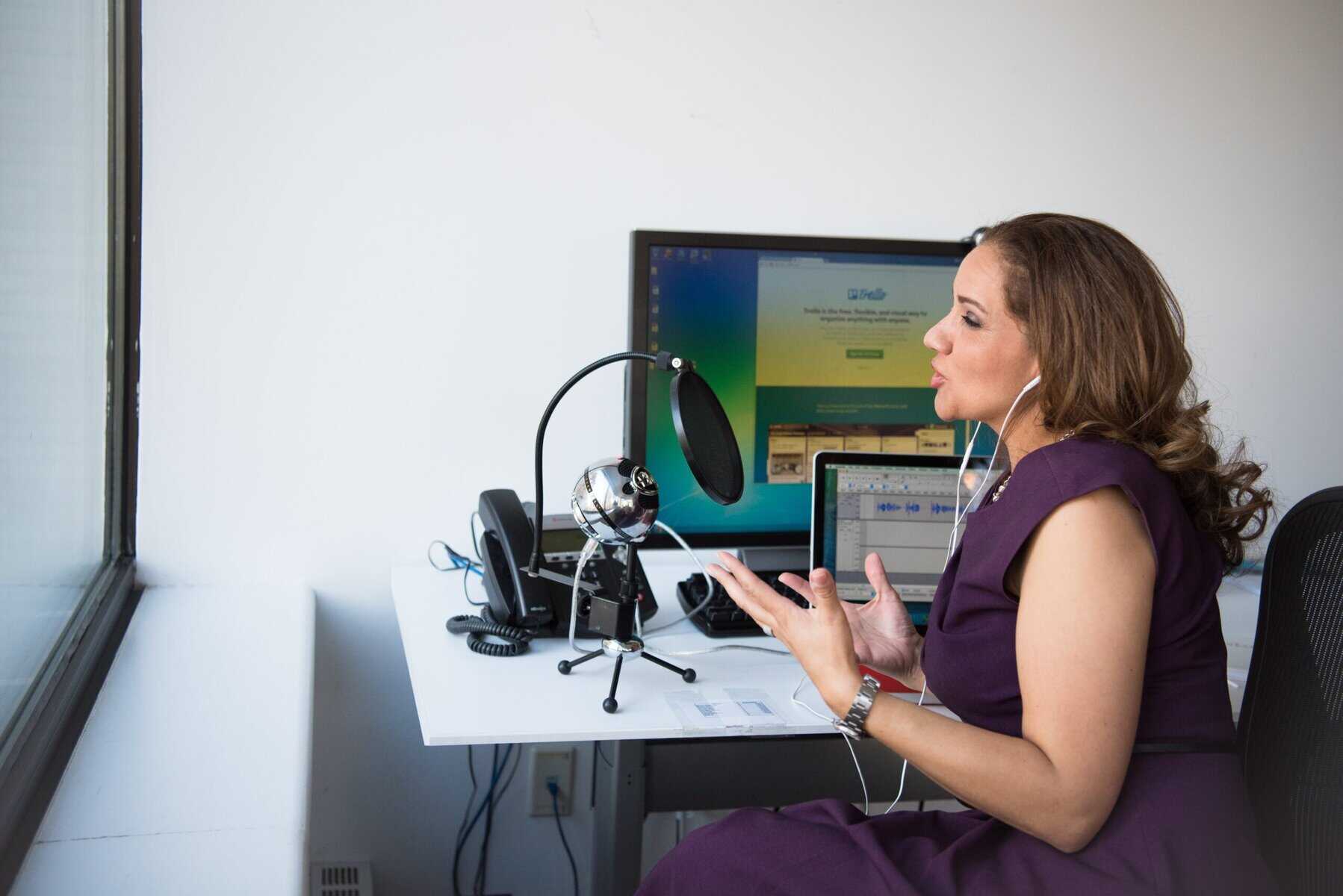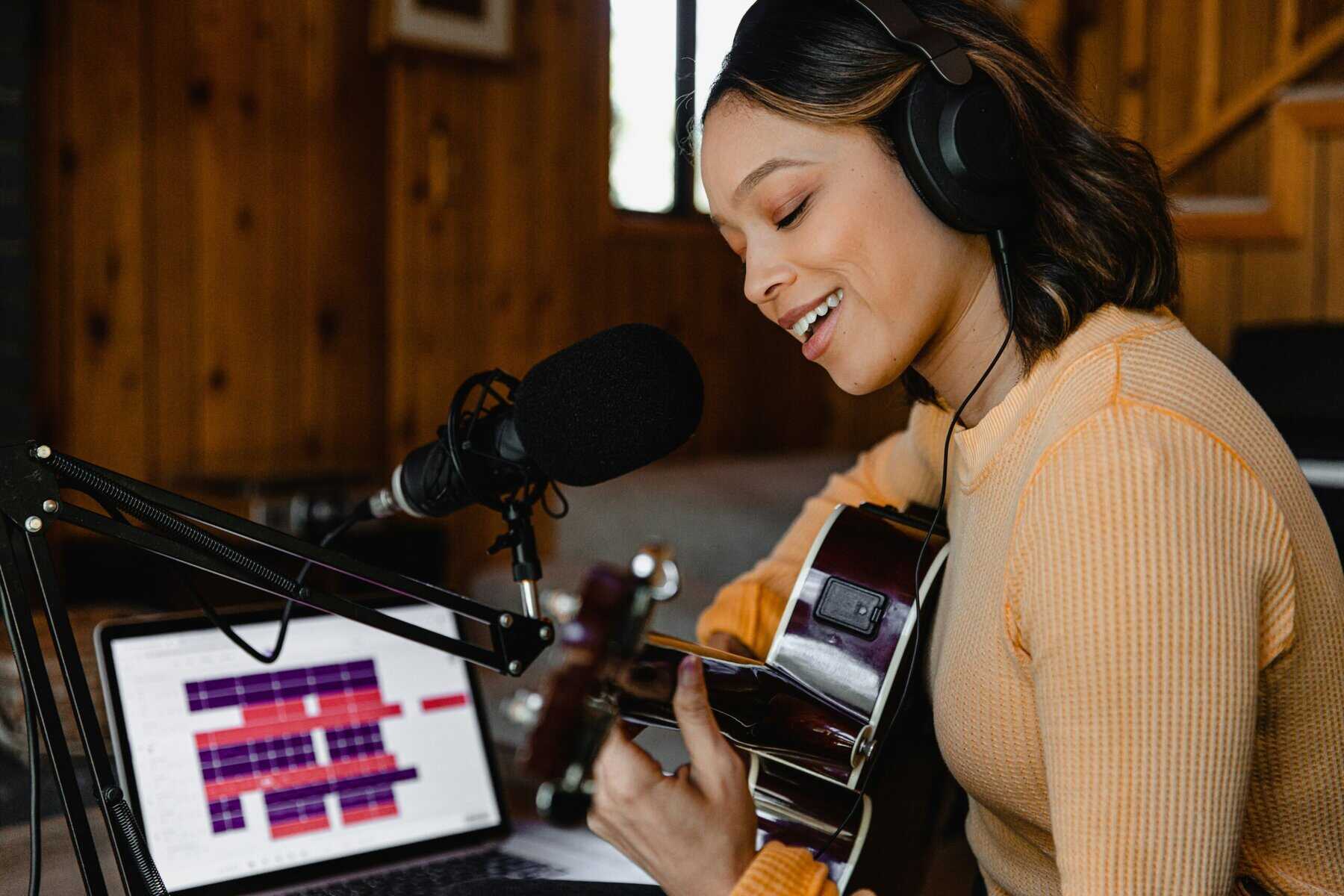In today’s fast-paced digital world, businesses need creative and high-quality visual content to captivate their target audience and create memorable brand experiences. The importance of powerful TV commercials and engaging video productions cannot be understated. Killerspots Agency, the leading digital media advertising agency with a history of contagious creativity since 1999, offers innovative and compelling TV and Video Production solutions tailored to effectively communicate your brand message and establish a strong emotional connection with your audience.
Specializing in distinct TV Commercials, product demonstrations, and promotional videos, Killerspots Agency serves clients across various industries worldwide. Our expert team of talented producers, directors, and editors come together to craft visual content that captures the essence of your brand while ensuring it resonates with your target audience. By focusing on communicating your brand’s unique identity and showcasing the value of your products or services, we create television commercials and video productions that ultimately result in increased brand awareness, customer engagement, and business growth.
In this article, we’ll explore the essential aspects of successful TV commercial and video production, discuss the benefits of partnering with Killerspots Agency for your visual content needs, and highlight the creative process we follow to bring your brand vision to life.
The Power of TV Commercials in Branding and Promotion
Television advertising continues to be a key platform for brands to reach their target audience, establish their presence, and influence consumer behavior. Even in the era of digital marketing, TV commercials remain highly effective due to their ability to reach a broad audience, create an emotional connection, and provide a multimedia experience. Some prominent advantages of utilizing TV commercials in your marketing strategy include:
1. Wide Reach: Television networks offer a vast array of channels that cater to diverse viewership, allowing you to reach a broad and targeted audience based on demographics, interests, and viewing habits.
2. Engaging Medium: By combining visuals, sound, and motion content, TV commercials capture the viewer’s attention effectively, resulting in high engagement levels and a strong emotional response to your brand.
3. Increased Credibility: A well-executed TV commercial can enhance your brand’s credibility, as TV advertising is often associated with established and reputable companies.
4. Long-Lasting Impact: Memorable TV commercials tend to be etched in the minds of viewers, resulting in a lasting influence on consumer choices and behavior.
The Growing Influence of Video Productions in Marketing
Video has undeniably become the most popular and engaging form of content on the internet. Businesses are increasingly adopting video productions as part of their marketing efforts to inform, entertain, and educate their target audience. By leveraging the power of video content, brands can create immersive experiences that captivate potential customers and drive significant engagement. Here are some vital reasons why video productions play a significant role in contemporary marketing strategies:
1. High Consumer Preference: Studies show that viewers retain more information and have a higher emotional connection when watching videos compared to reading text or viewing static images.
2. Increased Social Sharing: Video content tends to be shared more frequently on social media platforms, which can help boost your brand’s visibility and reach potential customers who might not be exposed to your other marketing channels.
3. Higher Website Traffic and Engagement: Including videos on your website can keep visitors engaged for longer, potentially leading to higher conversion rates and improved search engine rankings.
4. Versatility: Video productions can be used in a wide range of marketing efforts, such as product demonstrations, tutorials, testimonials, social media campaigns, and more, maximizing their impact and reach.
Maximizing Success with Killerspots Agency’s TV and Video Production Solutions
Collaborating with Killerspots Agency for your TV commercial and video production needs provides an array of benefits, including access to a team of experienced professionals, custom-tailored solutions, and creative resources dedicated to turning your brand vision into a reality. Here’s an overview of our end-to-end production process:
1. Creative Development: Our team works closely with you to understand your brand, target audience, and objectives. We brainstorm creative concepts and story ideas that encapsulate your brand’s message and ensure it resonates with your intended audience.
2. Scriptwriting and Storyboarding: Our talented scriptwriters and storyboard artists develop a cohesive structure, captivating storyline, and engaging visuals for your TV commercial or video production.
3. Casting and Location Scouting: We conduct extensive casting and location scouting to match your TV commercial or video production concept, ultimately bringing your brand vision to life.
4. Directing and Filming: Our skilled directors and videographers utilize state-of-the-art equipment and techniques to capture stunning visuals, ensuring high production value that elevates your brand’s image.
5. Post-Production and Editing: Our expert editors carefully assemble the recorded footage, adding visual effects, motion graphics, and sound design elements to create a polished and engaging final product.
Evaluating and Optimizing Your Visual Content Strategy
Monitoring the impact of your TV commercials and video productions is essential to understand their effectiveness and return on investment. Killerspots Agency can help you analyze key performance indicators associated with visual content campaigns, such as reach, viewer engagement, and conversion rates. By gaining valuable insights from these metrics, our team can continuously refine your TV commercial and video production strategies, ensuring maximum brand visibility and business growth.
Conclusion
By partnering with Killerspots Agency for your TV commercial and video production needs, you’ll gain access to a team of dedicated and experienced professionals committed to delivering powerful visual content that tells your brand’s unique story. Take advantage of the incredibly effective and far-reaching impact of TV commercials and video productions to elevate your brand and increase customer engagement. To learn more about how Killerspots Agency’s TV and video production services can empower your business, call us today at 513-270-2500.





